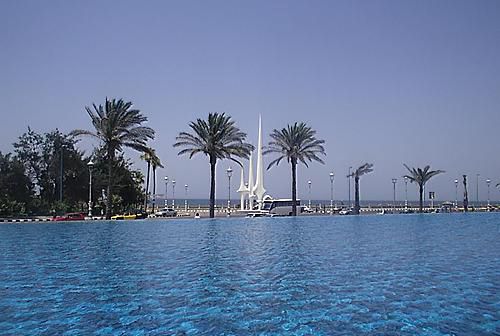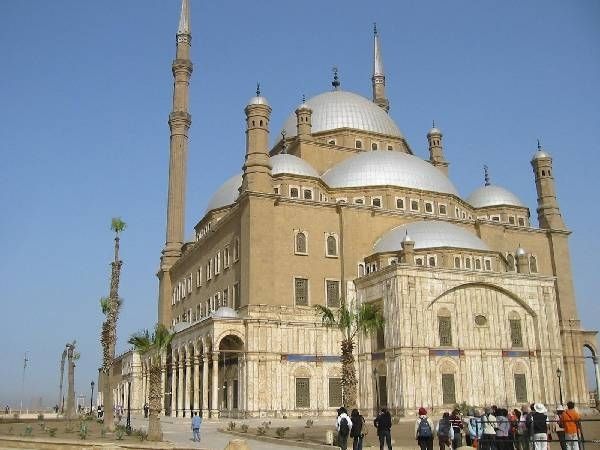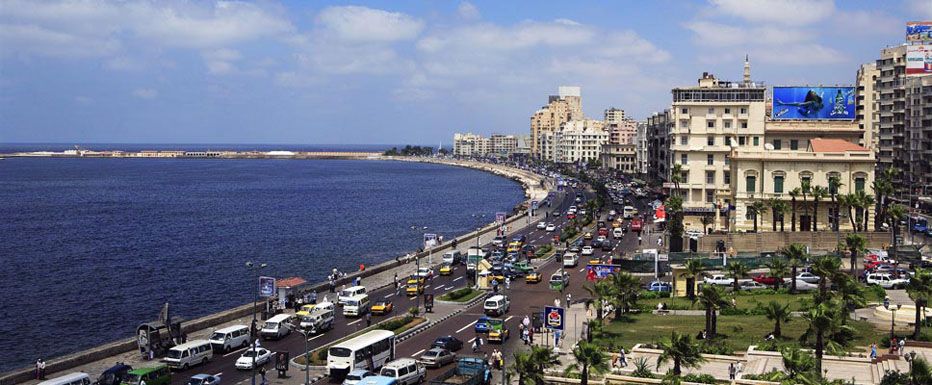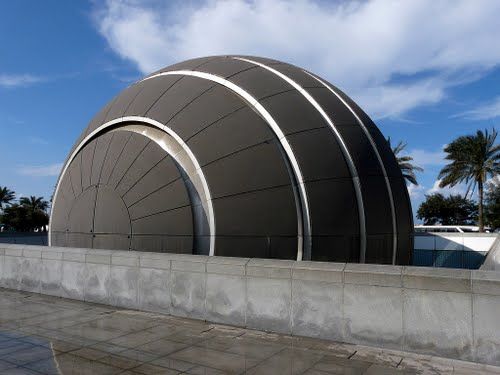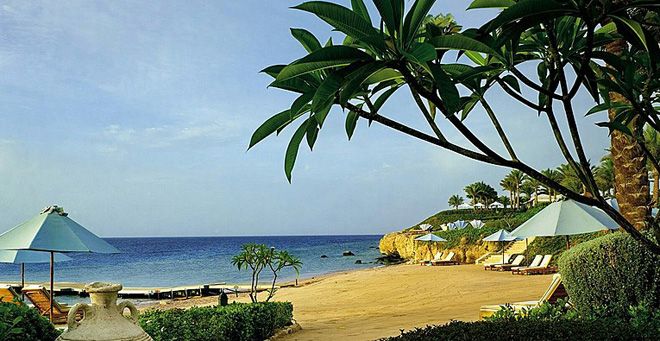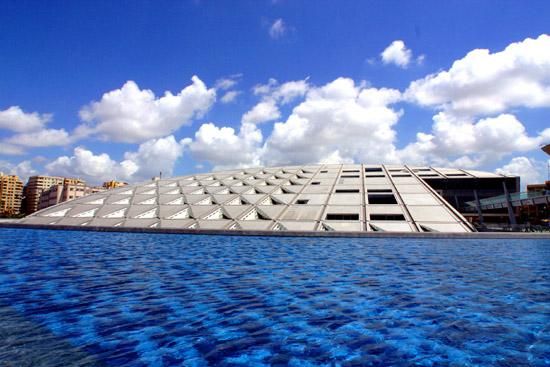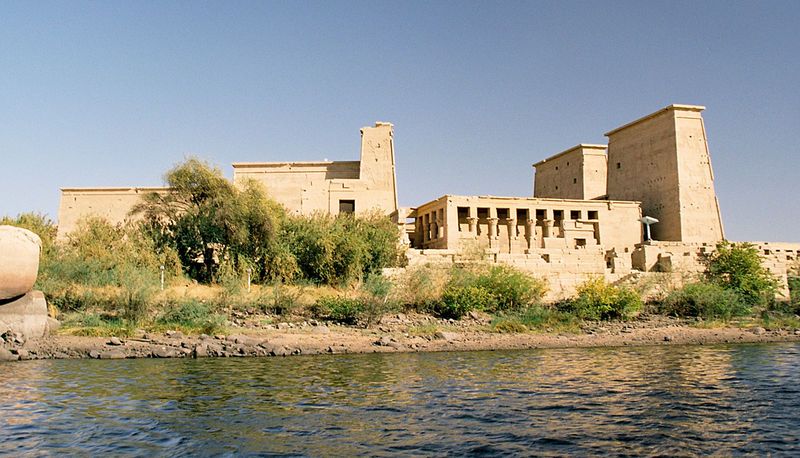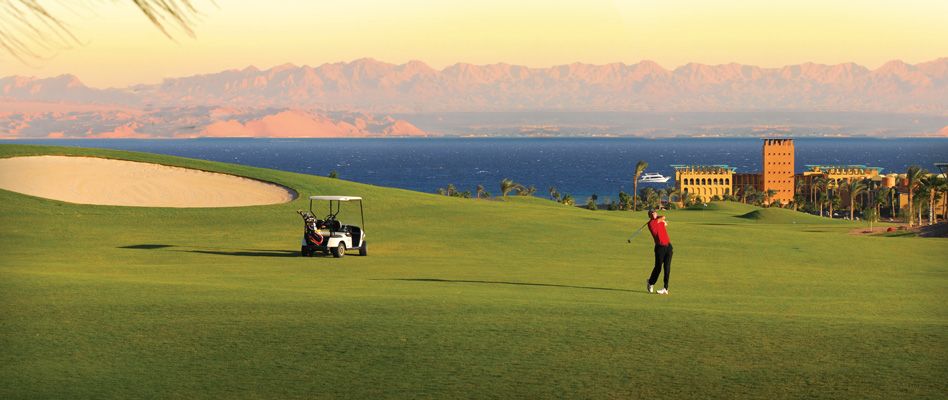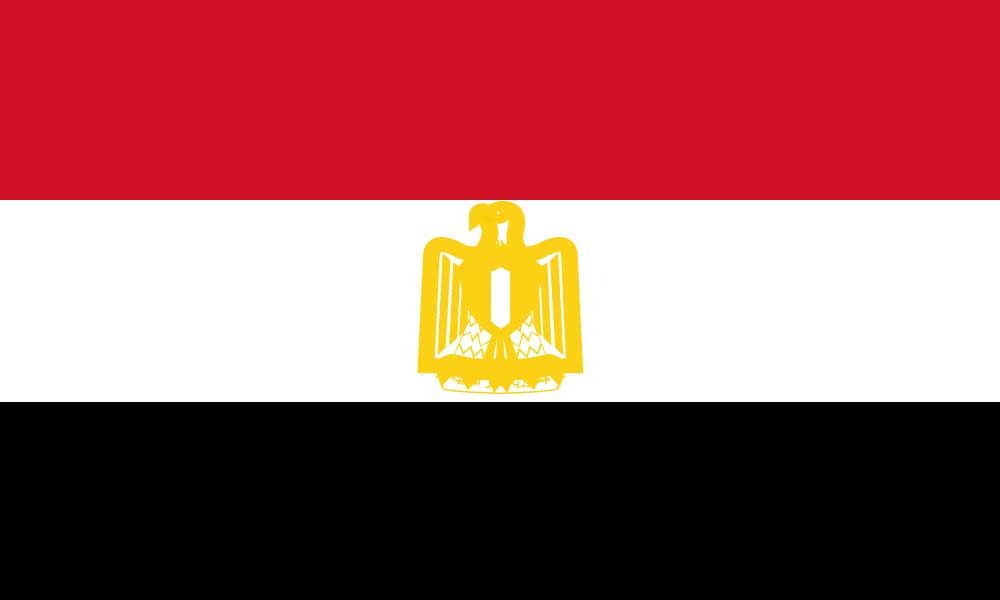
About Egypt
Dating back to 1958, the current flag of the Arab Republic of Egypt is the country’s symbol of independence. The flag consists of three superposed rectangles, black white and red, each having a specific significance, and bears at its centre a golden eagle, the country’s emblem and a symbol of power.
Red has been chosen to symbolize glory, white is for purity, whereas the black stripe evokes eras of underdevelopment and colonialism that were overcome.
Politics
Egypt is a Republic, the political system of which is democratic based on citizenship and relying on each of the legislative, executive and judicial branches, additionally to the press, political parties, local administrations and civil society institutions.
Religion
Main Airports
Cairo, Alexandria, Luxor, Hurghada, and Sharm El-Sheikh
Geography
Egypt is the 29th biggest country in the world, covering a total area of 1,002,450 sq. km. It is located in the northeast corner of the African continent, on the Mediterranean Sea, at a crossroad between Africa, Asia and Europe. It is bordered to the east by the Red Sea, Palestine and Israel to the north-east, Libya to the west, and Sudan to the south.
Language
History Brief
Egypt is a Republic, the political system of which is democratic based on citizenship and relying on each of the legislative, executive and judicial branches, additionally to the press, political parties, local administrations and civil society institutions.
.png)
